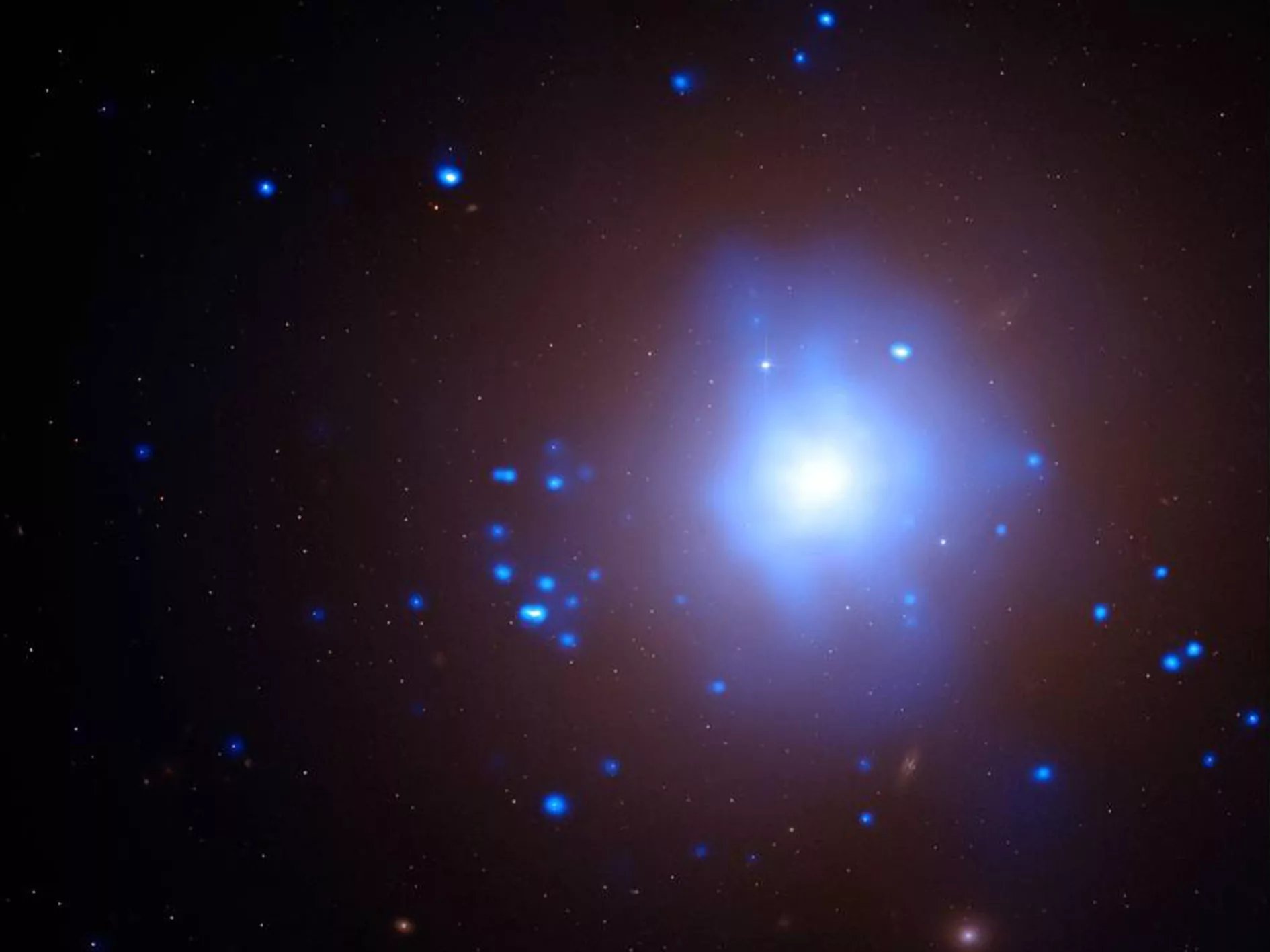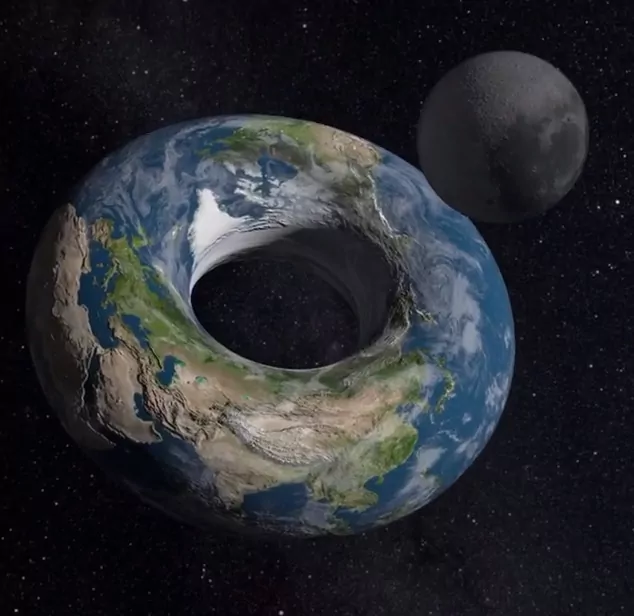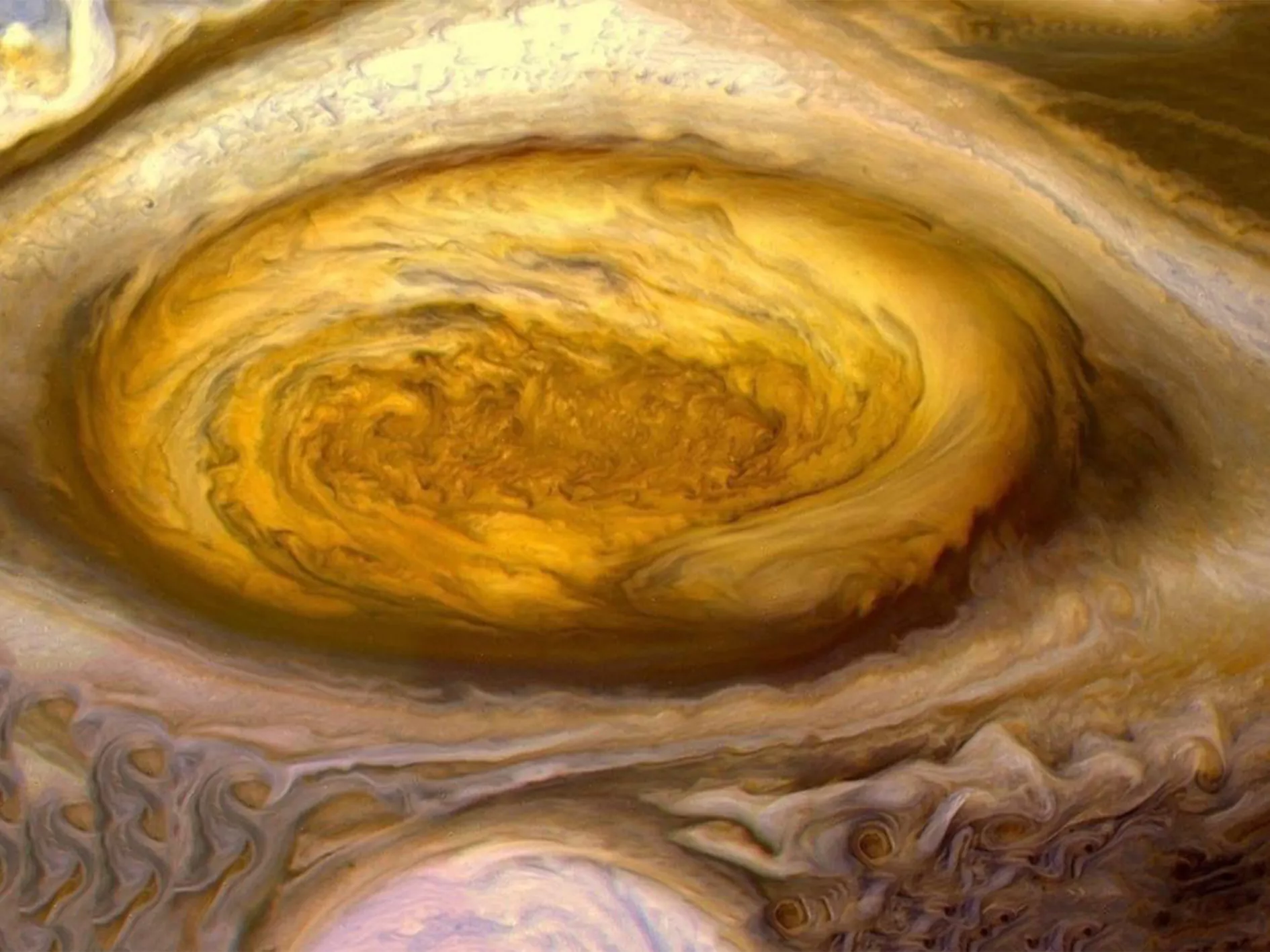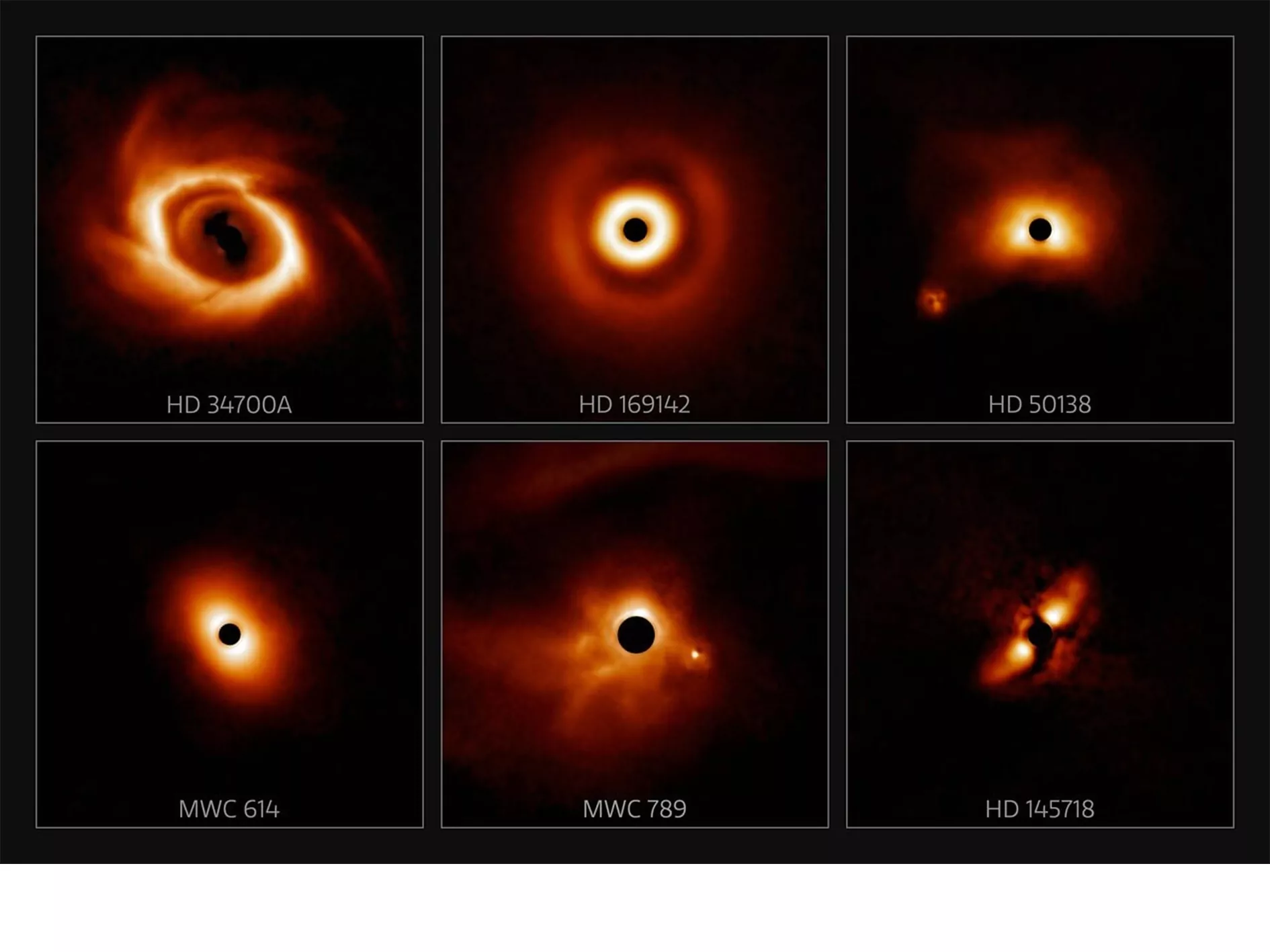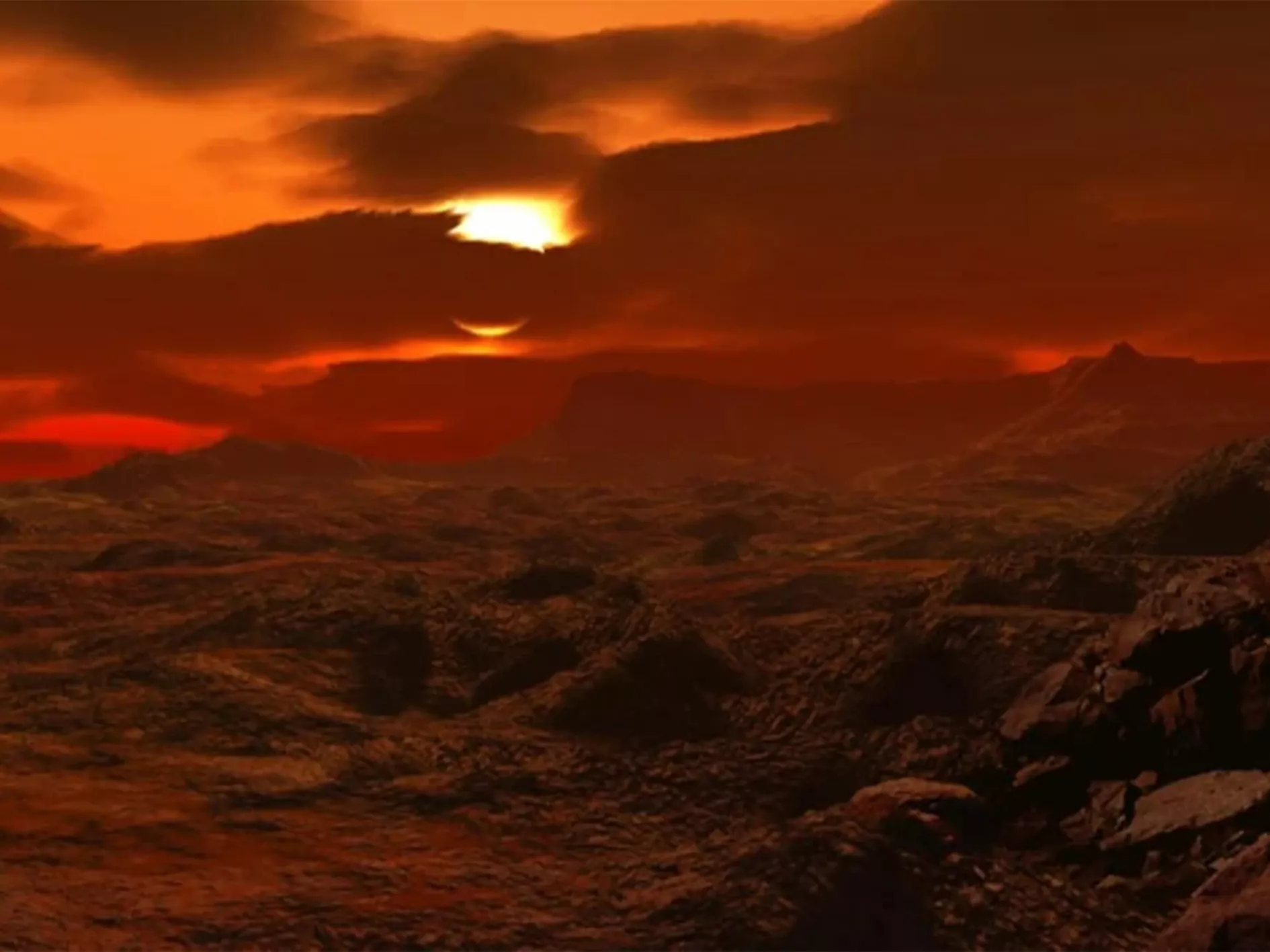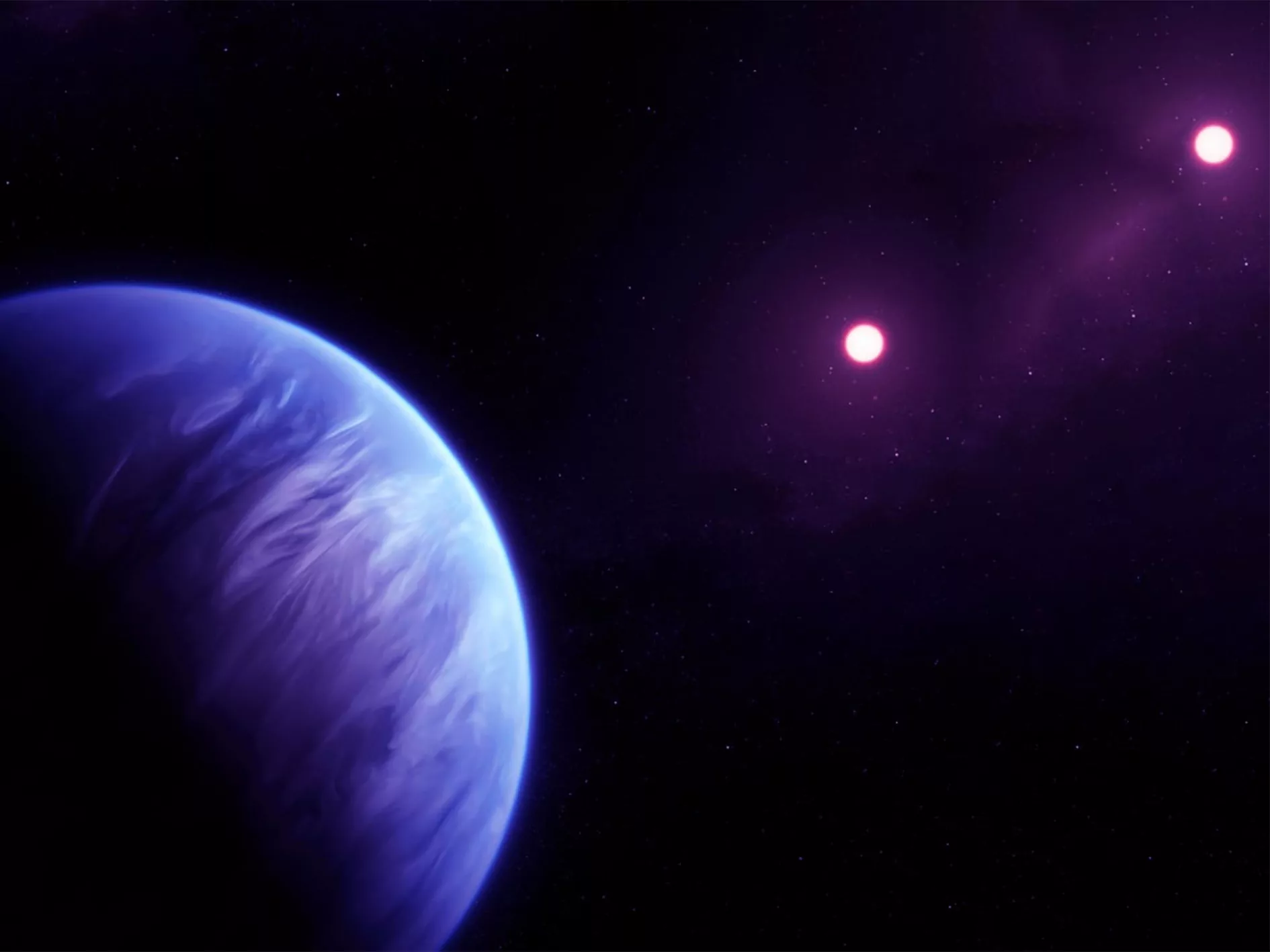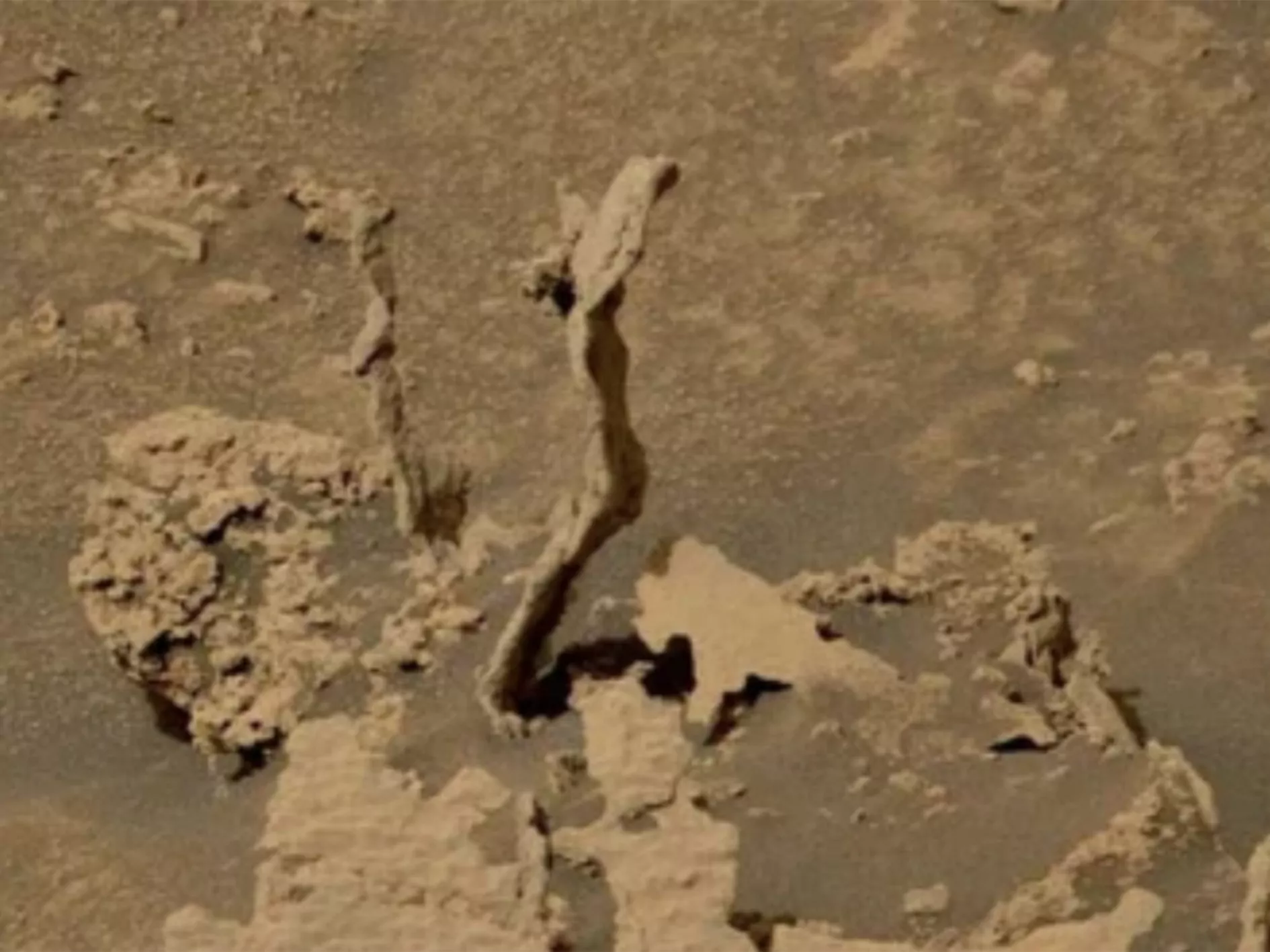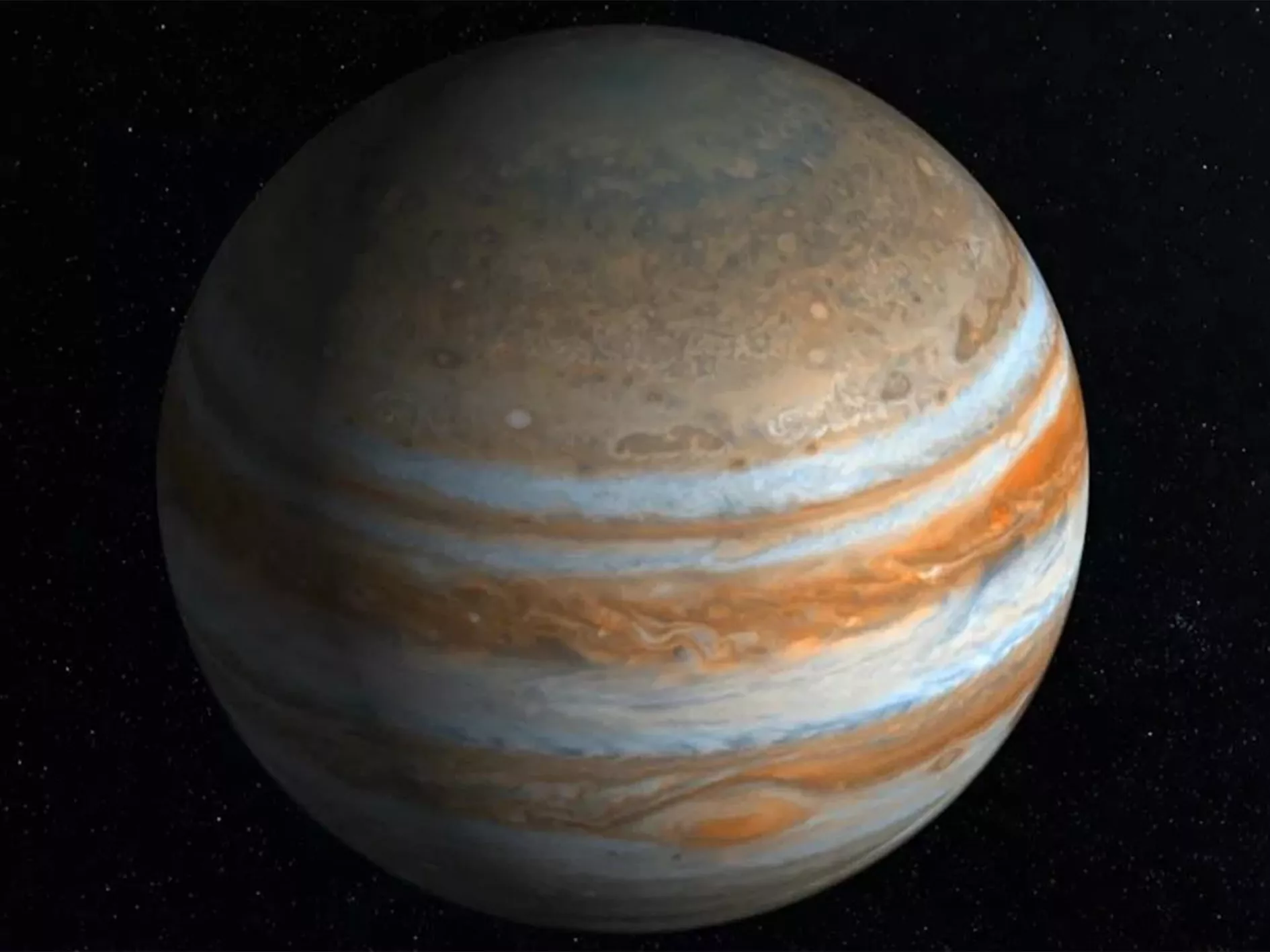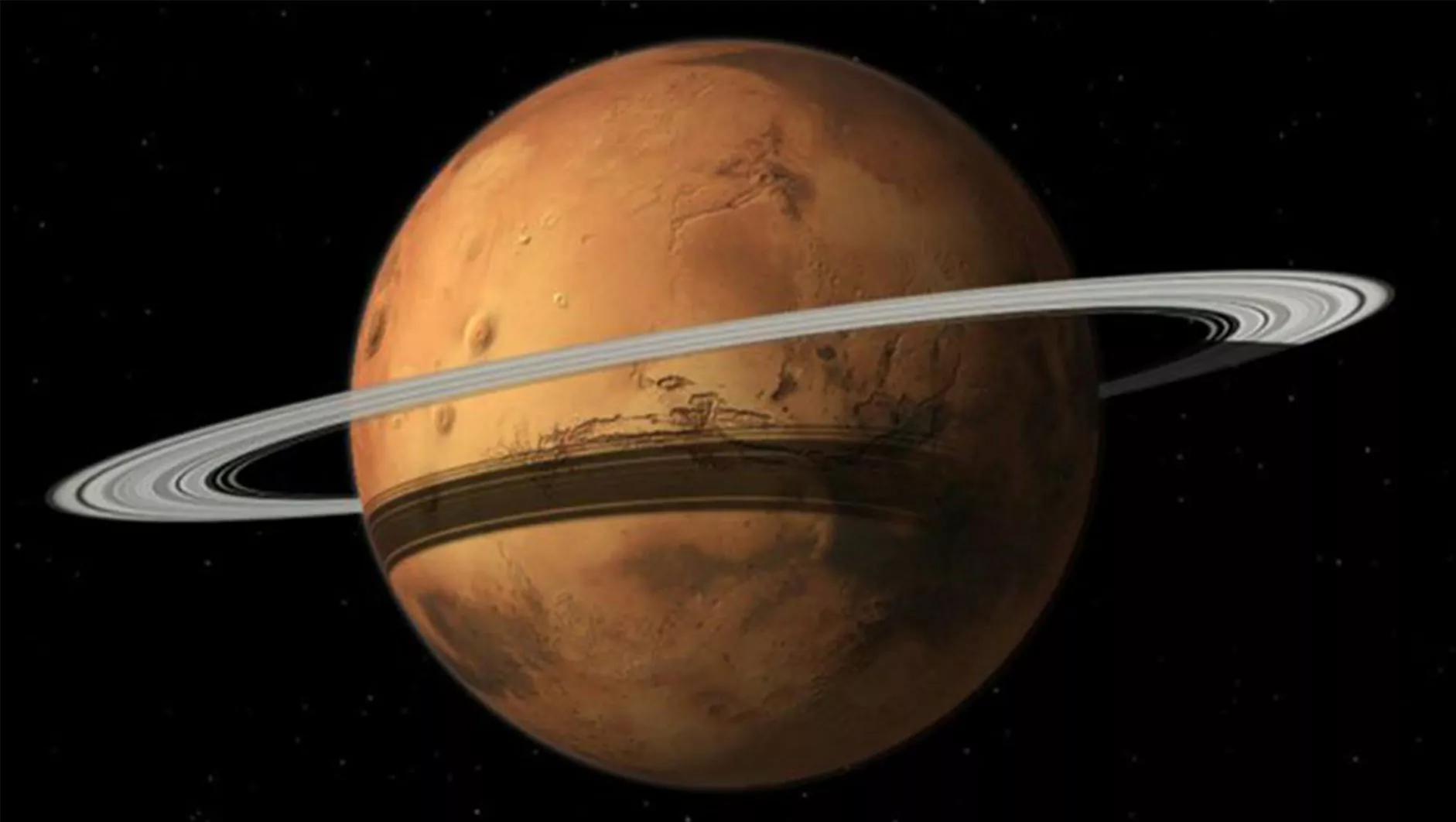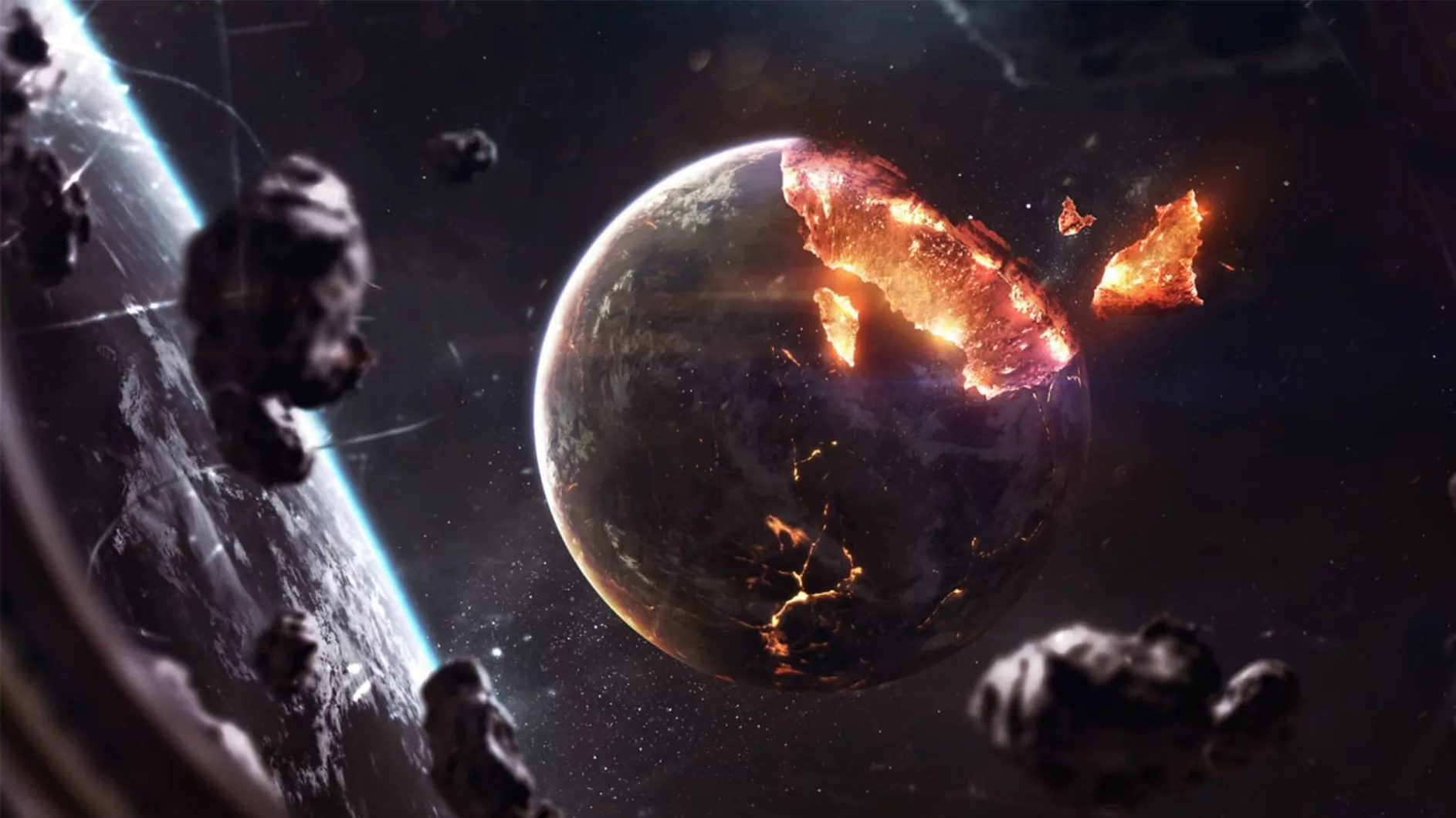-
Observation of the globular cluster RBC EXT8 revealed that its metallicity is much lower than expected

The iron content in a cluster of stars is about 800 times less than in our Sun, which makes us reconsider the model of the formation of such clusters. Metallicity characterizes the age of a star: the fewer metals, the older the star.
-
What would happen if the earth had the shape of a donut?

The effects of gravity on the moon would have created an eightfold orbit for her and perhaps she would often have been sucked into the donut hole.
-
Jupiter’s Big Red Spot

Jupiter’s red great Spot is the largest atmospheric vortex recorded in the Solar System. This vortex was discovered more than 350 years ago, it is constantly changing in size. At the very beginning, when observations began, the Red Spot already measured about 40 thousand kilometers in length and 13 thousand kilometers in width. Since the…
-
Photos from protoplanetary disks located around stars showed an interesting pattern

It is still believed that planets are formed in disks of gas and dust surrounding young stars whose age by cosmic standards is only a few million years Astronomers studied the resulting images of the environment of 44 young stars. The analysis of observations led to the discovery of a young exoplanet the size of…
-
What have scientists been looking for for two years in the clouds of Venus?

In September 2020, a group of American scientists allegedly reported the discovery of signs of phosphine in the upper atmosphere of Venus. Terrestrial microorganisms secrete this substance and hope seemed to be glimmering somewhere., These organisms do not need oxygen for life. This news became just a «bombshell» — a sensation, but only before another…
-
Scientists have discovered a new «multi-planetary» system 33 light-years from Earth

Two super-earths orbit one cold M-dwarf HD 260655, and the entire system is only 10 parsecs away, or about 33 light-years from us. The first planet, HD 260655 b, orbits the star in 2.8 days and is about twice as massive as Earth. The second planet, HD 260655 c, is further away and orbits the…
-
Curious finds on Mars

The Curiosity spacecraft found strange shapes on Mars that look like sharp spikes The SETI Research Institute has created a note that these spikes are most likely cemented fillings of ancient cracks in sedimentary rock. The rest of the Martian rock was of softer rock and therefore collapsed from erosion. We present to you another…
-
Jupiter is also called a failed star by astronomers

Not a suitable description, but it needs to be sorted out.This planet doesn’t have enough mass. Jupiter, like the stars, is rich in hydrogen and helium. But to cause thermonuclear reactions to occur in its core. This is exactly the process (fusion of hydrogen atoms) by which stars generate their energy, light and heat. This…
-
One of the two moons of Mars will be destroyed

Scientists from time to time made a forecast of the orbit of Phobos, the study showed that for every 100 years Mars attracts a satellite by 2 meters. According to scientists, in 20-40 million years the satellite will be destroyed by the tidal forces of Mars into many parts — this is of course approximate,…
-
What happened to the planet Phaeton?

Now, this once-existing planet is now a pile of debris — its orbit is an asteroid belt. What happened to Phaethon was that it was never able to form as a single planet. Jupiter tore it up. The attraction of Jupiter destroyed all the more or less large planetary embryos in the area of the…
